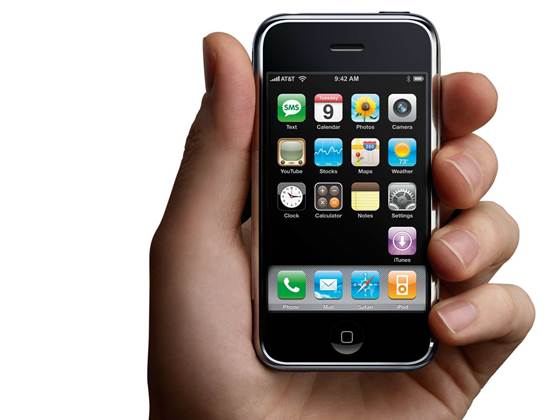
But it appears just as many are willing to forgive those errors if they know the email has been sent from a mobile device like the BlackBerry or iPhone.
This raises the question of how far people are willing to sacrifice a product or application’s usability for the sake of desirability or image.
Compromising usability in product design is common if it results in a higher level of usefulness for the product, or increases its desirability, according to Meaghan Waters, head of experience architecture at interactive agency, Different.
“We’d all like to produce highly usable, useful and desirable products,” said Waters.
“The overall experience people have with a product combines three elements – usability, usefulness and desirability.
“People effectively make compromises on usability to get a high return on the other two [elements]. We see it all the time,” explained Waters.
Waters cited examples like the Palm Pilot and iPod as products that were able to secure large market share despite obvious compromises on user experience elements.
“Part of the iPod’s dominance in the market is because of its innate usability and desirability, but there are definitely other music players with more functionality, less cost and that are more open to [alternative] music supplies,” explained Waters.
Waters added: “The Palm Pilot really focused on usefulness. Usability was a secondary consideration.
“They made the compromise and it was very successful.”
Different is a Sydney-based human-centred design agency that claims to have the ‘largest experience architecture team in Australia’.










 iTnews Executive Retreat - Security Leaders Edition
iTnews Executive Retreat - Security Leaders Edition











_(1).jpg&h=140&w=231&c=1&s=0)



